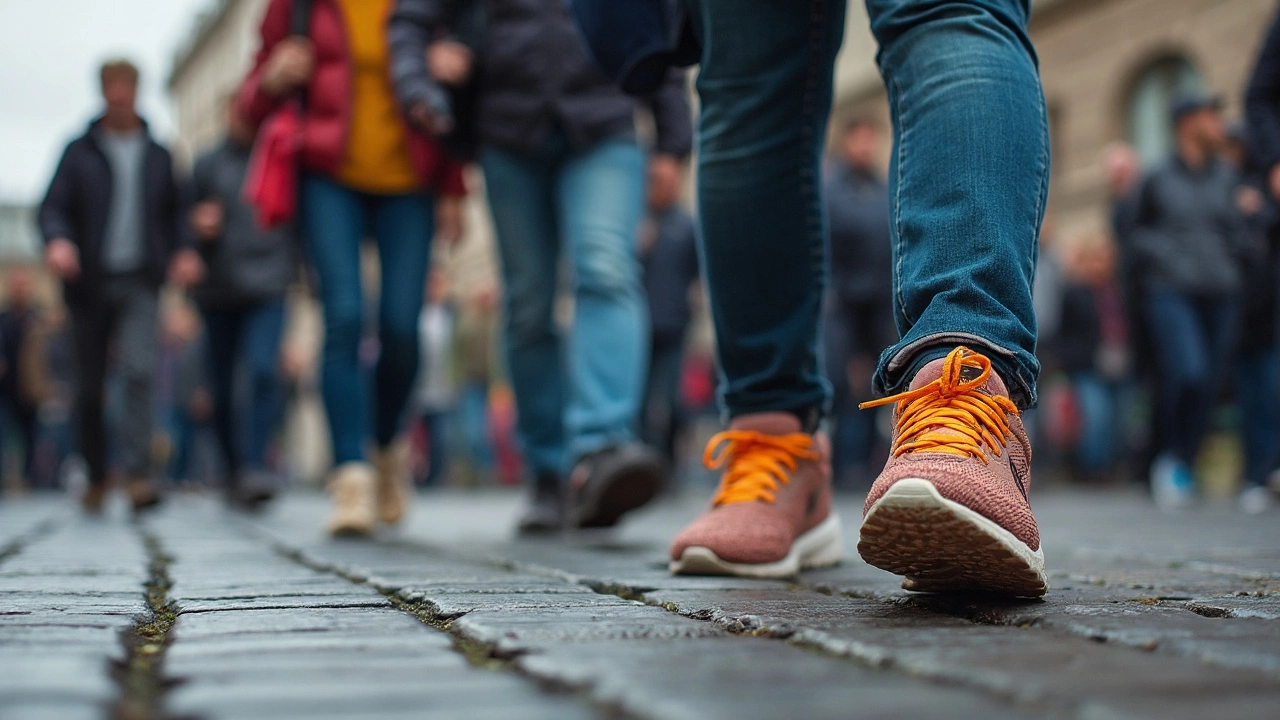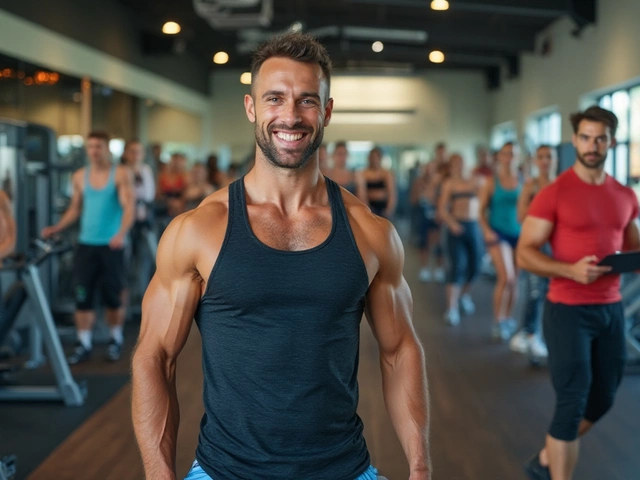Running Shoes Comfort: Find the Best Fit for Your Feet and Runs
When it comes to running shoes comfort, how well a shoe supports your foot during movement without causing pain or fatigue. Also known as running shoe fit, it’s not about how soft the cushion feels on the shelf—it’s about how it holds up after 5, 10, or 20 miles. Too many runners buy shoes based on looks or brand names, only to end up with sore knees, achy arches, or blisters by week two. The truth? Comfort isn’t one-size-fits-all. It’s a mix of cushioning, support, weight, and how your foot actually moves when you run.
Good running shoe cushioning, the material inside the midsole that absorbs impact from each step. It’s what keeps your joints from taking the full force of landing matters, but so does running shoe support, how the shoe controls motion, especially if your feet roll inward too much. Think of it like a car’s suspension: soft shocks help smooth the ride, but without proper alignment, you’ll still wear out your tires unevenly. Runners with flat feet need more structure. Those with high arches often need more cushion. And if you’re training for a marathon, you’ll want something that lasts 300+ miles without breaking down. The best shoes don’t feel amazing on day one—they feel better on day 50. That’s why testing them on a treadmill or doing a short jog before buying matters more than any review.
What you’ll find below isn’t a list of top 10 shoes. It’s real stories from runners who’ve been there—people who switched shoes and stopped getting shin splints, others who finally found a pair that didn’t crush their toes on long runs, and athletes who learned that comfort isn’t about padding—it’s about alignment. You’ll see how training volume, foot shape, and even your running surface change what ‘comfort’ really means. No hype. No gimmicks. Just what works.
Can You Walk All Day in Running Shoes? Real-World Comfort and Surprising Facts
Ever wondered if your running shoes can handle a full day on your feet? This article digs into comfort, support, and wear-and-tear if you use running shoes for all-day walking. Discover what happens to your feet, how shoes hold up, and which features matter. Get expert-backed tips and learn about the subtle differences between running and walking shoes. Find out if running shoes fit your lifestyle beyond the treadmill.





